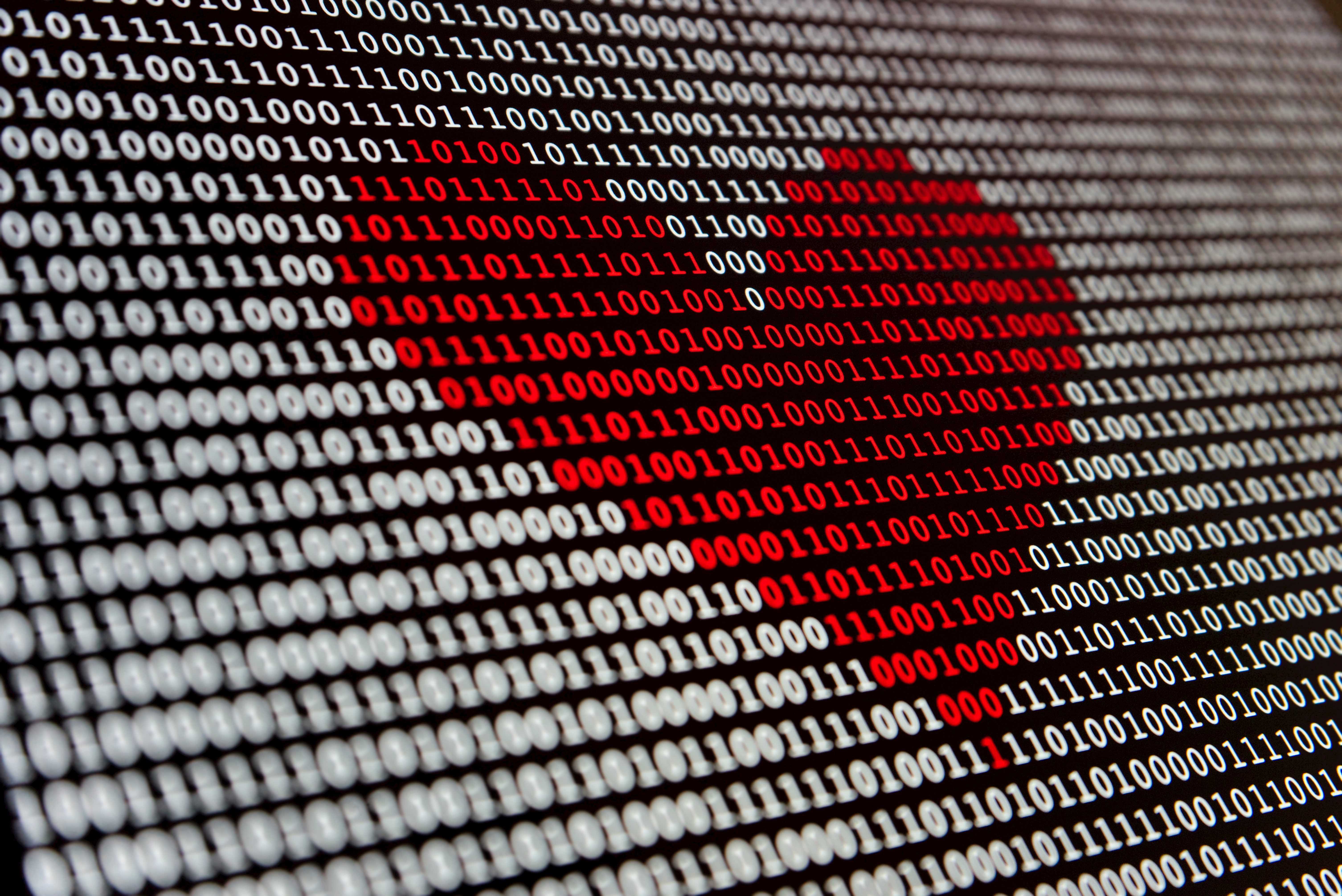Introduction
Design is not a static discipline. It is constantly evolving and adapting to the changing needs and preferences of users, clients, and society. Designers have to keep up with the latest technologies and trends that influence their work and create new possibilities and challenges for them.
In this article, we will explore some of the emerging technologies and trends that will shape the future of design in the next decade and beyond. We will look at how they will affect the way we design, the tools we use, the skills we need, and the impact we can make.
All-In-One Design Software: The Integration of All Aspects of Design.
All-in-One design software refers to comprehensive tools that cater to a wide array of design needs across various disciplines. These tools are typically equipped with features that support graphic design, web design, UX/UI design, and even 3D modelling. With such software, designers can seamlessly transition between different types of tasks without needing to switch tools, greatly enhancing productivity and creative flow. These tools often come with advanced features like collaboration, design automation, and also extend their reach to embrace motion graphic design and video editing, further expanding their capabilities and versatility.
By seamlessly integrating all the features and functionalities at one place, these all-in-one design solutions empower designers to unleash their creativity across a diverse range of multimedia projects. From creating captivating animations and dynamic visual effects to producing polished video content, designers can now harness the full spectrum of their artistic vision within a single, unified environment.

Artificial Intelligence and Machine Learning.
Artificial intelligence (AI) and machine learning (ML) are technologies that enable machines to perform tasks that normally require human intelligence, such as understanding language, recognizing images, making decisions, and learning from data. AI and ML have been advancing rapidly in recent years, thanks to the availability of large amounts of data, powerful computing resources, and improved algorithms.
AI and ML have many applications in design, such as:
- Generating and optimizing design solutions: AI and ML can help designers generate and optimize solutions based on predefined criteria, such as aesthetics, functionality, usability, and sustainability. For example, [Generative Design] is a technique that uses algorithms to explore a vast number of possible design options and select the best ones. Generative Design can be used to create complex and organic shapes, optimize structures and materials, and reduce waste and costs.
- Enhancing user experience and personalization: AI and ML can help designers enhance user experience and personalization by analysing user behaviour, preferences, and feedback, and providing tailored and adaptive solutions. For example, [Chatbots] are AI-powered conversational agents that can interact with users via text or voice, and provide information, guidance, or assistance. Chatbots can be used to improve customer service, engagement, and loyalty.
- Augmenting human creativity and collaboration: AI and ML can help designers augment their human creativity and collaboration by providing inspiration, feedback, and support. For example, [Adobe Sensei] is a set of AI and ML features that are integrated into Adobe’s creative tools, such as Photoshop, Illustrator, and Premiere Pro. Adobe Sensei can help designers with tasks such as content-aware fill, face-aware liquify, auto-reframe, and colour grading.
AI and ML are not meant to replace human designers, but rather to complement and enhance their capabilities. They still need to define the problem, set the goals, and evaluate the outcomes. They also need to consider the ethical and social implications of using AI and ML, such as data privacy, bias, transparency, and accountability.

Virtual Reality and Augmented Reality.
Virtual reality (VR) and augmented reality (AR) are technologies that create immersive and interactive experiences by simulating or enhancing the real world. VR creates a fully artificial environment that users can explore and interact with using a headset and controllers. AR overlays digital information or objects onto the real world that users can see and interact with using a smartphone, tablet, or glasses.
VR and AR have many applications in design, such as:
- Prototyping and testing design solutions: VR and AR can help designers prototype and test design solutions in a realistic and cost-effective way, without the need for physical models or mock-ups. For example, SketchUp is a 3D modelling software that allows them to create and visualize design concepts in VR. SketchUp can be used to design and test products, buildings, and environments in VR.
- Enhancing user experience and engagement: VR and AR can help designers enhance user experience and engagement by creating immersive and interactive experiences that appeal to multiple senses and emotions. For example, IKEA Place is an AR app that allows users to place and view IKEA products in their own homes. It can be used to help users make better and more informed purchasing decisions.
- Creating new forms of expression and storytelling: VR and AR can help designers create new forms of expression and storytelling by combining digital and physical elements and enabling users to participate and co-create. For example, The Museum of Other Realities is a VR museum that showcases the works of VR artists from around the world. The Museum of Other Realities can be used to experience and appreciate the art and creativity of VR.
VR and AR are not only tools, but also mediums for design. They need to understand the principles and best practices of designing for VR and AR, such as spatial awareness, user interface, interaction, and accessibility. Designers also need to consider the psychological and physiological effects of using VR and AR, such as motion sickness, eye strain, and immersion.

Internet of Things and Smart Devices.
Internet of Things (IoT) and smart devices are technologies that connect physical objects and devices to the internet and enable them to communicate and exchange data. These devices can range from wearable devices, such as smartwatches and fitness trackers, to household appliances, such as smart speakers and thermostats, to industrial machines, such as sensors and robots.
IoT and smart devices have many applications in design, such as:
- Collecting and analysing data: These devices can help designers collect and analyse data from various sources and contexts and use them to inform and improve design solutions. For example, Fitbit is a wearable device that tracks and monitors various aspects of user’s health and fitness, such as steps, heart rate, sleep, and calories. Fitbit can be used to help users achieve their wellness goals and improve their health outcomes.
- Enhancing user experience and convenience: These devices can help designers enhance user experience and convenience by providing seamless and intuitive solutions that integrate with user’s lifestyle and environment. For example, Amazon Echo is a smart speaker that uses voice recognition and natural language processing to interact with users and perform various tasks, such as playing music, answering questions, and controlling smart home devices. Amazon Echo can be used to make user’s life easier and more enjoyable.
- Creating new forms of interaction and communication: IoT and smart devices can help designers create new forms of interaction and communication by enabling users to interact and communicate with objects and devices in novel and meaningful ways. For example, Google Jacquard is a thing that puts special threads into clothes and lets you use your phone or other things by touching or moving your clothes. Google Jacquard can help you talk and play with technology in new and fun ways.

These devices are not only products, but also platforms for design. They need to understand the principles and best practices, such as connectivity, security, privacy, and compatibility. They also need to consider the environmental and social implications of using IoT and smart devices, such as energy consumption, waste generation, and human-machine relationship.
Conclusion.
The future of design is exciting and challenging. They have to keep up with the emerging technologies and trends that will shape the way we design in the next decade and beyond. They have to learn new skills and tools and adapt to new contexts and scenarios. They have to create design solutions that are not only functional and beautiful, but also ethical and responsible.
The future of creativity is also rewarding and fulfilling. Creative professionals have the opportunity and responsibility to use their imagination and innovation to solve complex problems, enhance user experience, and make a positive impact on the world.




